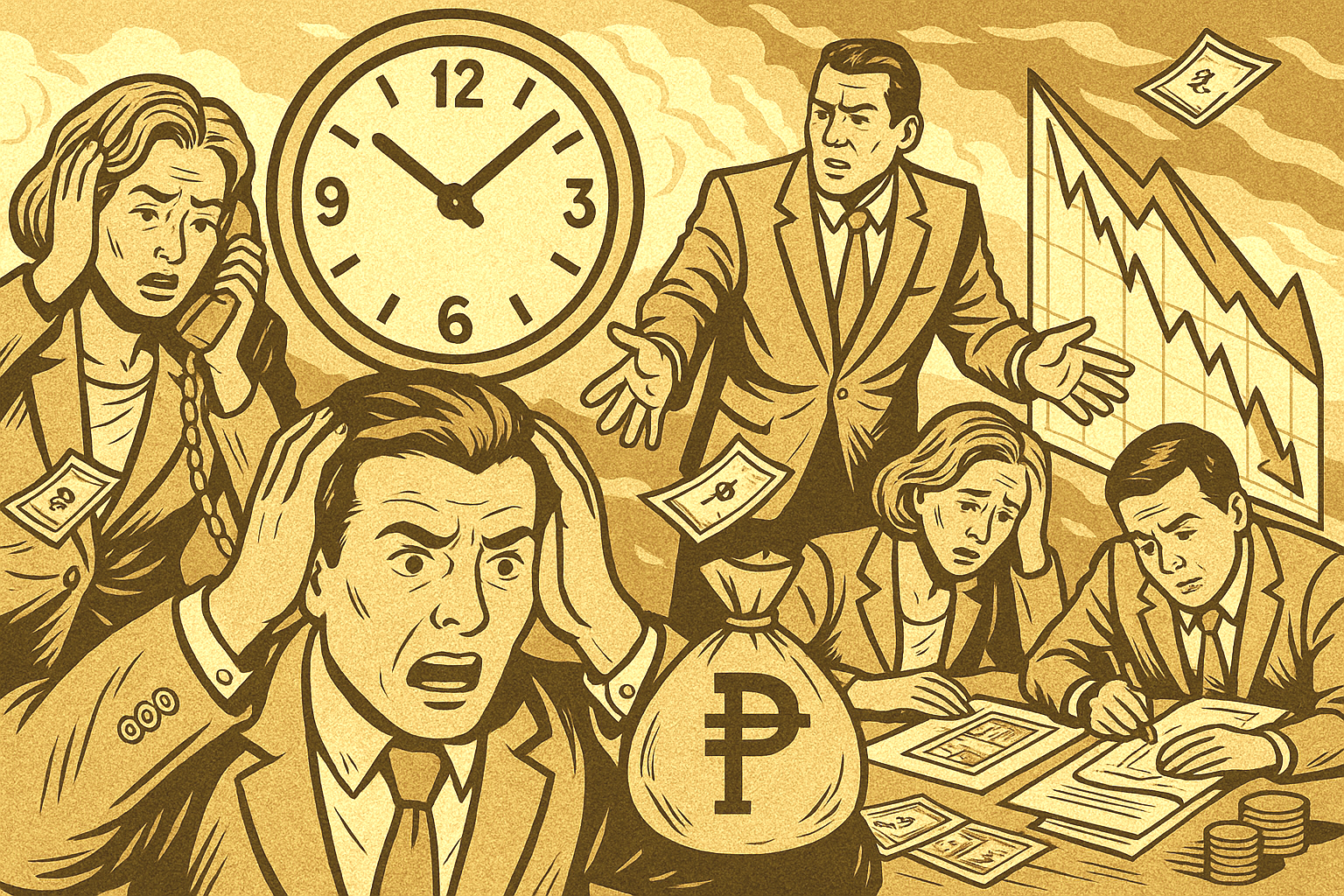Uncertainty has become a constant in today’s business environment. From inflationary pressure and regulatory shifts to supply chain disruptions and geopolitical shifts, companies are navigating challenges that demand proactive strategy.
For medium to large enterprises in the Philippines, long-term success is increasingly tied to how well a business manages financial risks and builds operational resilience. It's imperative to learn about anticipating disruptions, adapting with clarity, and staying positioned for steady growth.

Why Stability Requires More Than Caution
Caution alone doesn’t create resilience. Stability stems from deliberate action: establishing strong financial controls, ensuring tax and regulatory compliance, and regularly reviewing how risks are monitored and managed.
The most resilient companies take a strategic approach to risk management, including:
Building Cash Flow
visibility and control
Maintain Operations
lean but agile
Ensure Compliance
with local tax and regulatory standards
Create Contingency
plans based on real business data
Stress-Testing
key scenarios such as supplier delays or currency shifts
Risk Categories That Demand Attention:

1.) Financial Risk
Poor forecasting, missed tax filings, and delayed collections can destabilize even profitable operations. Strong reporting systems and advisory oversight reduce exposure to these risks.

2.) Operational Risk
Supply chain breakdowns, workforce gaps, or outdated processes can slow momentum. Resilience means integrating systems that support business continuity.

3.) Compliance Risk
With evolving BIR regulations and industry-specific mandates, misalignment can lead to penalties and reputational harm. Timely reviews and documentation are non-negotiable.

4.) Strategic Risk
Expanding too quickly, launching products in uncertain demand, or delaying innovation can all backfire. Strategic advisory supports sound decision-making grounded in data.
The Role of Financial Management in Resilience
An agile financial function is the backbone of a resilient business. This includes:
Monthly Management Reports
that track performance against budgets
Internal Controls
that prevent fraud, leakage, or unmonitored spending
Scenario Planning
to model “what-if” cases for both risk and growth
Cost Reviews
that identify inefficient allocations or low-yield activities
These practices allow decision-makers to act based on insights especially in unpredictable conditions.
Compliance as a Stability Tool
Being compliant is not just about avoiding penalties. It also:
| Keeps your business audit-ready |
| Builds trust with stakeholders, partners, and investors |
| Helps maintain access to credit and investment opportunities |
| Positions your business for government incentives or tax relief when applicable |
Building for Resilience Is Building for Growth
True resilience is about preparing your business to move forward with certainty, no matter the conditions.
This requires combining the right systems, people, and advisory support to make confident decisions in real time while protecting the core of your business.
Let's strengthen your business where it matters most
Stability is not the absence of risk. It’s the presence of strategy.
References
Bangko Sentral ng Pilipinas (BSP) – Risk-Based Supervision Framework
Highlights risk governance standards, internal controls, and stress-testing models relevant to financial institutions and advisory applications.
Official link:https://www.bsp.gov.ph
Department of Trade and Industry (DTI) – Business Continuity Planning Guidelines
Offers insights on operational resilience and contingency planning, especially for MSMEs and expanding enterprises.
Official link: https://www.dti.gov.ph
Bureau of Internal Revenue (BIR) – Compliance Advisories and Penalties
Provides official regulations and risk points regarding late filings, tax deficiencies, and non-compliance.
Official link: https://www.bir.gov.ph